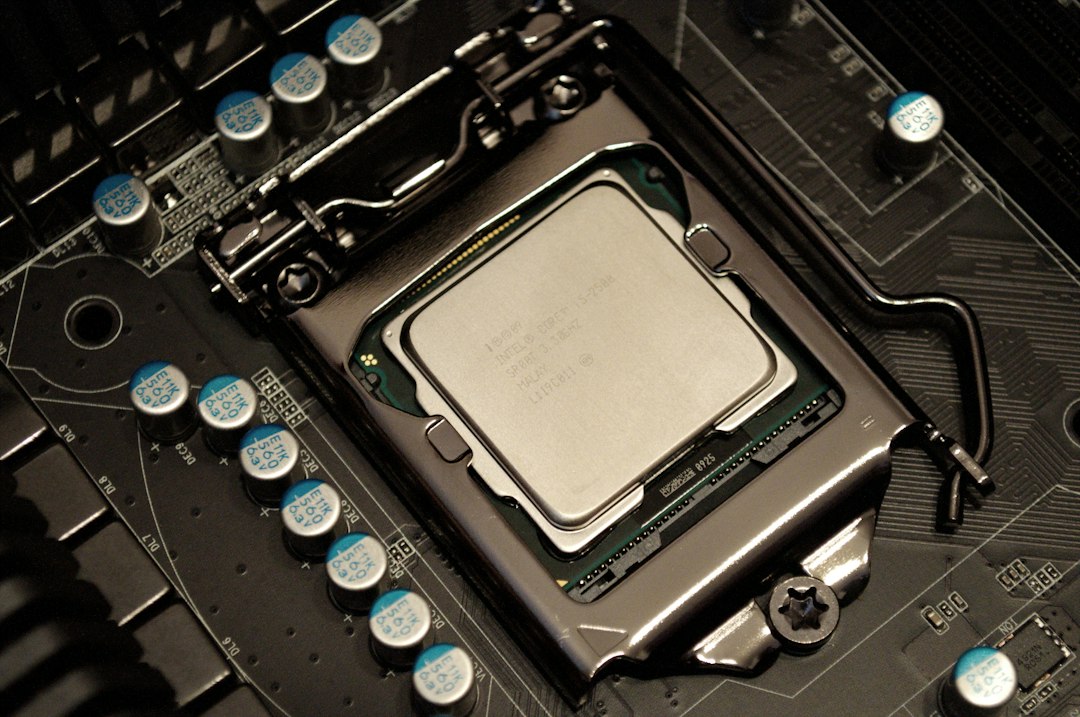The Role of Drones in Revolutionizing Industries Such as Agriculture and Logistics
In recent years, drones have emerged as a groundbreaking technology with the potential to revolutionize various industries. Among these, agriculture and logistics are two sectors that have started to embrace the use of drones for a wide range of applications. With the ability to fly autonomously and capture valuable data from above, drones have opened up new avenues for efficiency, cost reduction, and improved performance in both sectors.
The agricultural industry, in particular, has witnessed significant transformations due to the integration of drones. Historically, farmers have relied on manual labor and traditional methods to monitor crops, detect diseases, and assess overall plant health. However, with the introduction of drones, these tasks have become much more streamlined and precise. Equipped with high-resolution cameras and advanced sensors, drones can capture real-time aerial imagery, providing farmers with in-depth insights into their fields.
One of the primary applications of drones in agriculture is crop health assessment. By flying over the fields, drones can capture detailed images with near-infrared sensors, enabling farmers to detect stress levels in plants that are invisible to the naked eye. With this information, farmers can pinpoint problem areas within their fields, such as nutrient deficiencies, irrigation issues, or pest infestations, and take appropriate actions to mitigate these problems. This not only saves farmers significant amounts of time and effort but also allows for more targeted and effective use of fertilizers and pesticides, reducing overall costs and environmental impact.
Furthermore, drones can also play a crucial role in precision agriculture. By leveraging GPS technology and sophisticated mapping algorithms, drones can create highly accurate three-dimensional maps of farmland. These maps can provide vital information on soil conditions, moisture levels, and topography, allowing farmers to tailor their farming practices accordingly. For instance, by identifying areas with excessive moisture or poor drainage, farmers can implement drainage systems, preventing yield loss due to waterlogged soil. With drone-enabled precision agriculture, farmers can optimize their resource allocation, increase crop yields, and maximize their overall profitability.
In addition to agriculture, the logistics industry has also been quick to embrace drone technology. Traditionally, the transportation of goods and products over long distances has been a costly and time-consuming endeavor. However, drones offer a potential solution by providing a faster and more efficient way to deliver goods. Companies like Amazon and UPS have already started experimenting with drone deliveries, and the results have been promising.
Drones are particularly suitable for last-mile delivery, where the distance between the distribution center and the final destination is relatively short. By taking to the skies, drones can bypass traffic congestion and deliver packages directly to customers’ doorsteps, sometimes within a matter of minutes. This not only represents a significant time-saving for both businesses and consumers but also reduces the carbon footprint associated with traditional delivery methods. Moreover, the cost of drone delivery is generally lower than traditional shipping methods, making it an attractive option for businesses of all sizes.
Apart from last-mile delivery, drones can also be used for inventory management and surveillance within the logistics industry. By autonomously moving through warehouse aisles and scanning barcodes, drones can quickly and accurately identify inventory levels and locations. This data can then be transmitted in real-time to the warehouse management system, providing up-to-date information on stock availability and facilitating efficient logistics operations. Additionally, drones equipped with high-resolution cameras can be used for monitoring warehouse security, detecting any unauthorized access or suspicious activities.
While the role of drones in agriculture and logistics is still evolving, their potential to revolutionize these industries is undeniable. With the ability to provide real-time data, increase efficiency, reduce costs, and improve overall performance, drones offer a new dimension of possibilities in these sectors. As technology continues to advance and regulations become more accommodating, we can expect drones to become an integral part of everyday operations in agriculture and logistics, reshaping these industries for the better. The future of agriculture and logistics is in the skies, and drones are leading the way towards a more innovative and sustainable future.

